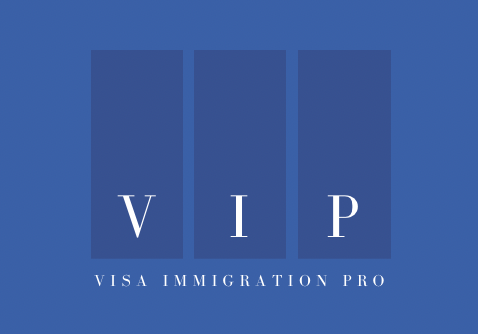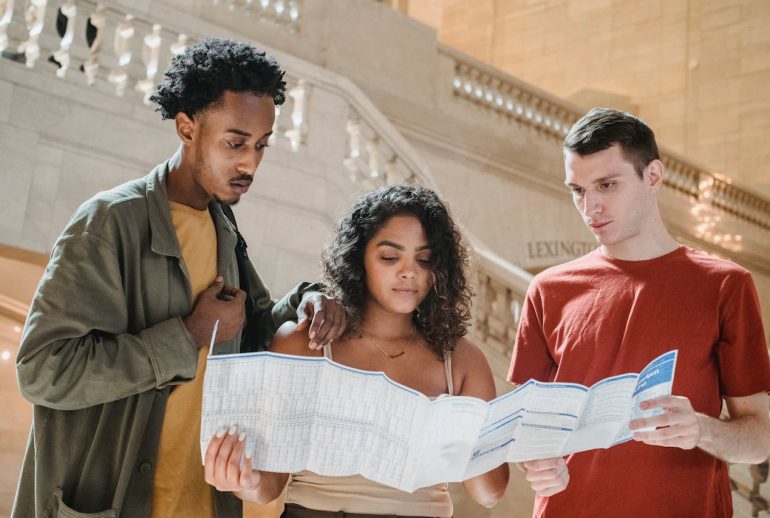If you’re planning to study in the United States in 2024, it’s essential to stay informed about the latest updates to the U.S. student visa process, specifically the F-1 visa. Recent changes have been implemented to streamline the application process, enhance post-study opportunities, and ensure international students receive a smoother visa experience. Here’s a breakdown of the most significant updates:
1. Streamlined F-1 Visa Application Process
In response to growing demand, the U.S. has introduced several measures to reduce processing times for F-1 visa applications. One of the most significant changes is the expansion of stateside visa renewals. For years, international students had to leave the U.S. to renew their F-1 visas, a process that could disrupt their education. In 2024, certain eligible students can renew their F-1 visas while staying in the U.S., minimizing disruptions.
Additionally, virtual interviews are being used more frequently to facilitate the process in high-demand countries like India and China. This is especially helpful for students who face long wait times for in-person consular interviews.
2. Focus on SEVIS Compliance
The Student and Exchange Visitor Information System (SEVIS) is a critical database used to track international students in the U.S. In 2024, the SEVIS Fee increased slightly to cover system upgrades and ensure more robust tracking of students during their stay. This fee must be paid by all international students when applying for an F-1 Visa.
Moreover, the U.S. government has increased audits of SEVP-certified schools to crack down on fraudulent institutions that abuse the system. If you’re considering studying in the U.S., ensure that your chosen institution is SEVP-certified to avoid complications.
3. Optional Practical Training (OPT) and STEM OPT Extension Updates
For students looking to gain work experience in the U.S. after graduation, the Optional Practical Training (OPT) program is a popular option. In 2024, the STEM OPT (for Science, Technology, Engineering, and Mathematics graduates) has seen new extensions and improvements. There are now discussions about further expanding the list of STEM fields eligible for the 24-month extension. This is particularly beneficial for students in technology, science, and engineering sectors.
Moreover, universities are being encouraged to create stronger relationships with U.S. employers, making it easier for international graduates to transition from OPT to H-1B work visas. This initiative aims to fill high-demand roles in industries like healthcare, tech, and engineering, giving international students a competitive edge in the U.S. job market.
4. Increased Focus on Student Diversity
The U.S. is also placing a renewed emphasis on diversity within its student population. New programs have been launched to attract students from underrepresented regions, particularly in Africa, South America, and Southeast Asia. Additionally, scholarships and funding programs are being expanded for students from low-income backgrounds to make U.S. education more accessible.
As part of this initiative, the EducationUSA program is ramping up its efforts in these regions to provide students with resources on how to apply for U.S. universities, scholarships, and visas.
5. Expanding Access to H-1B Visas for Graduates
In 2024, there has been a push to create more seamless transitions from student visas to employment-based H-1B visas. The H-1B visa cap remains a challenge for international students hoping to stay and work in the U.S., but initiatives are underway to prioritize students graduating from U.S. institutions. Employers are encouraged to focus on retaining skilled international graduates, particularly those in STEM fields, as these roles are in high demand.
6. Interview Waivers for Certain Returning Students
Another significant update in 2024 is the expansion of interview waivers for certain F-1 visa renewals. Students who have previously been issued a U.S. visa and are returning to the same program or a related field may qualify for this waiver. This change is aimed at reducing wait times at consulates and making it easier for students to continue their studies uninterrupted.
7. U.S. Government’s Initiative for International Students
Finally, the U.S. government has increased its efforts to welcome international students as part of a broader strategy to maintain its leadership in global education. The administration has made it clear that international students contribute significantly to both the U.S. economy and cultural diversity. As part of this push, schools are expanding support services for international students, including mental health resources, career services, and integration programs.
What Does This Mean for You?
As a student it is important to stay abreast of these updates and how they affect you. Contact Visa Immigration Pro to speak with an immigration lawyer about you student visa status.


